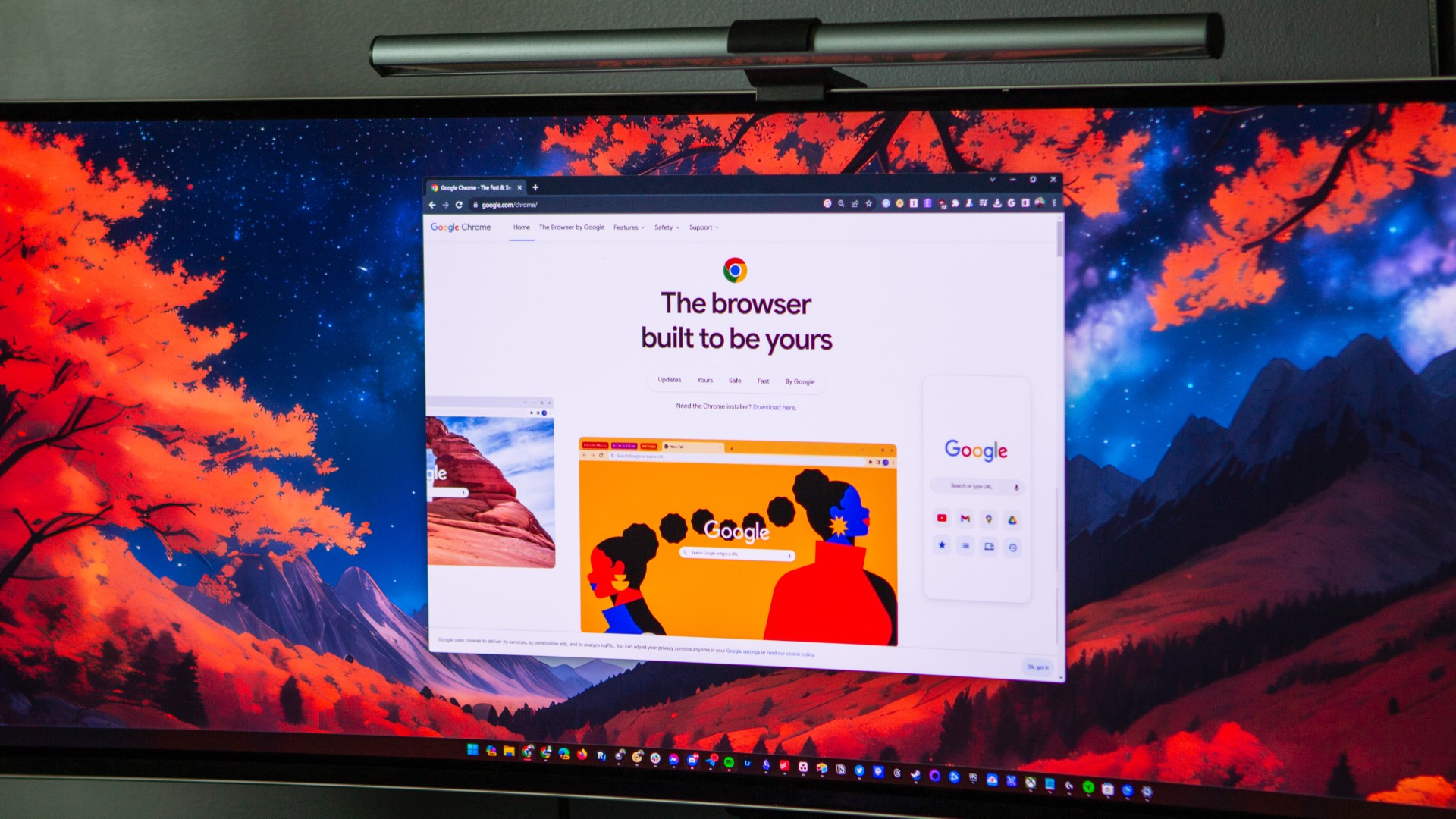This new feature shows exactly how much RAM Google Chrome tabs gobble up on your PC
Google Chrome users can find out how much RAM each tab consumes in real time using this neat feature.

What you need to know
- Google Chrome is testing a new feature that lets users know how much RAM a specific tab consumes while using the browser in real time.
- It's complemented by the Memory save feature, which freezes inactive tabs, freeing up more memory that can be used in active tabs.
- If you're using Google Chrome, version 117 in the Stable Channel, you should be able to access this feature.
Google is testing a new feature that lets users know how much RAM each tab consumes while open. All you need to do is hover over an open tab on Google Chrome, and a popup will appear showing the tab's RAM usage. What's more, the feature will also let you know if Google Chrome's Memory saver feature has frozen the tab to conserve memory. This is much like Microsoft Edge's Sleeping tabs feature, which saves RAM usage by putting inactive tabs to sleep.
However, the Memory Saver feature will only kick in if a tab is inactive for a long time. This helps improve performance, especially if you have multiple tabs open simultaneously, as the freed-up memory from the frozen tabs is used in active tabs.
On a typical day, you probably run several tabs on your preferred browser at any given time. And if you're like me, hoarding tabs that might not be in use negatively impacts the overall browsing experience.
One of the most anticipated additions to the "Memory Saver" feature is now available in Chrome Canary, the hover cards now show you the exact amount of memory used by each of your active tabs:https://t.co/f160GpSO84.https://t.co/5A5IKH01ox pic.twitter.com/EdmRNlGHdOJune 7, 2023
Leo Varela showed off the new feature on X.
It's possible to keep tabs on how much RAM a specific application consumes via Windows 11's built-in Task Manager tool. The tool provides users with a complete rundown and detailed information regarding their system performance, thus allowing you to understand how resources are being utilized and why your PC is unable to achieve the expected network and hard drive speeds.
While sophisticated and thorough, the Task Manager doesn't narrow down its capabilities to achieve specific tasks like determining how much RAM a specific tab consumes while using a browser. But this will no longer be the case, at least for Google Chrome users who are part of the Chrome Canary Channel, according to a spot by Medium.
To enable the feature, head to Chrome://flags and search for "Show memory usage in hovercards," then click on the dropdown and select Enabled (although mine was already enabled by default). I'm currently using Google Chrome, version 117 on the Stable Channel, so the feature may be available to more people than previously thought.
Get the Windows Central Newsletter
All the latest news, reviews, and guides for Windows and Xbox diehards.
Do you like this new Google Chrome feature? What's your favorite web browser? Please let us know in the comments.

Kevin Okemwa is a seasoned tech journalist based in Nairobi, Kenya with lots of experience covering the latest trends and developments in the industry at Windows Central. With a passion for innovation and a keen eye for detail, he has written for leading publications such as OnMSFT, MakeUseOf, and Windows Report, providing insightful analysis and breaking news on everything revolving around the Microsoft ecosystem. While AFK and not busy following the ever-emerging trends in tech, you can find him exploring the world or listening to music.
